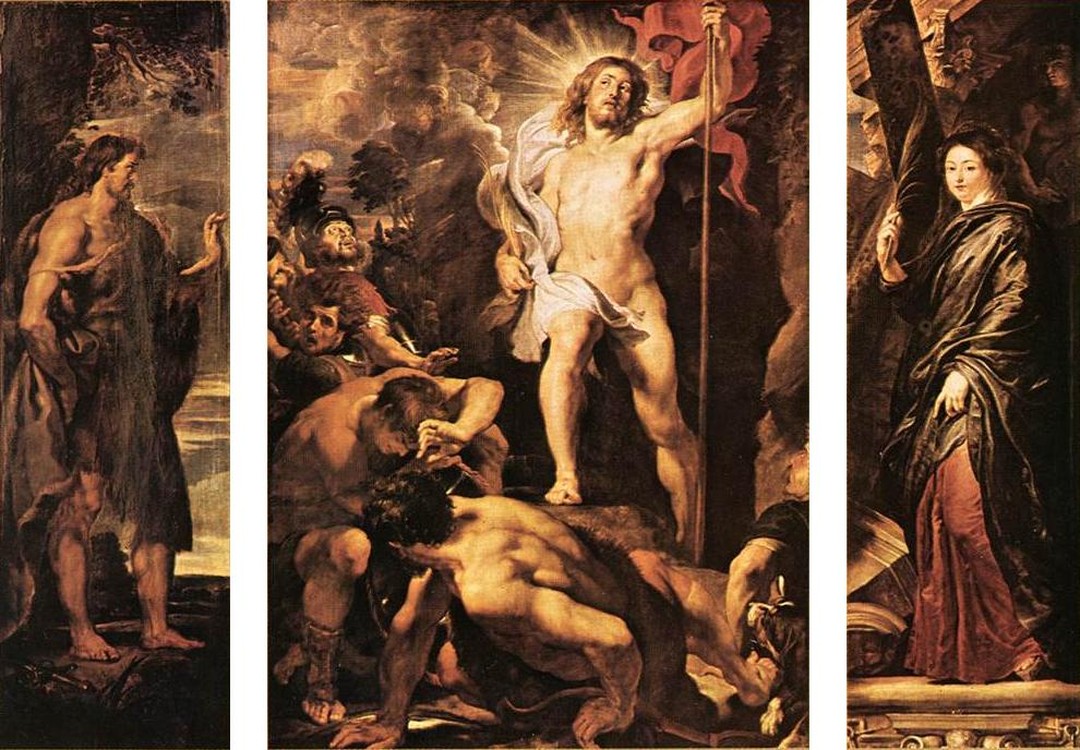So, in Mark 15:44, Pontius Pilate is surprised that Jesus is already dead when Joseph of Arimathea...
Sun, 2023/04/09 - 12:45pm
« previous 
So, in Mark 15:44, Pontius Pilate is surprised that Jesus is already dead when Joseph of Arimathea asks if they can take him down and get on with his burial. Pontius checks with the centurion, most likely the same guy who poked Jesus with the Spear of Destiny in John 19:34. John 19:34 also mentions that "blood and water" comes out immediately. When the heart stops livor mortis starts to set in right away and it only takes an hour or two for the blood settling in the lower part of the body causes the skin to noticeably turn purple. The Romans came to the crucifixion to break the legs of the thieves and Jesus so they wouldn't be able to hold the weight of their bodies any more and would get on with suffocating under their own weight. But dude with the spear figures Jesus is already dead and does the old "poke him and see if he wriggles" test to see if they should be arsed to break his legs (and like all grunts on a shitty detail at some end-of-the-earth shit-hole, these guys are probably very disinclined to do anything that isn't completely necessary.) There is no mention of lividity in Jesus' feet or legs, which is weird if they were there to break the legs, especially since both the Old and New Testaments are petty keen on gory details. Jesus bleeds immediately on being poked. A hunk of dead meat hanging from a meat-hook doesn't bleed if you poke it near the top. Forensically speaking, that, to me, adds up to "not dead." Of course the centurion says, "Yessir. He's dead. I checked." to Pilate because he's not going to say to his boss, "I poked him with a stick and he didn't wriggle, so I couldn't be arsed to break his legs." Joseph asks about taking the "body" down because he also wants Pilate to think Jesus is dead. So he gets away with taking him down. Jesus gets laid out in a nice, cool cave, wakes up the after two nights and.. HOLY SHIT IT'S A MIRACLE!!
Or not.
(Image: Peter Paul Rubens, "The Resurrection of Christ", 1611-1612, which is in the Cathedral of Our Lady in Antwerp.)
